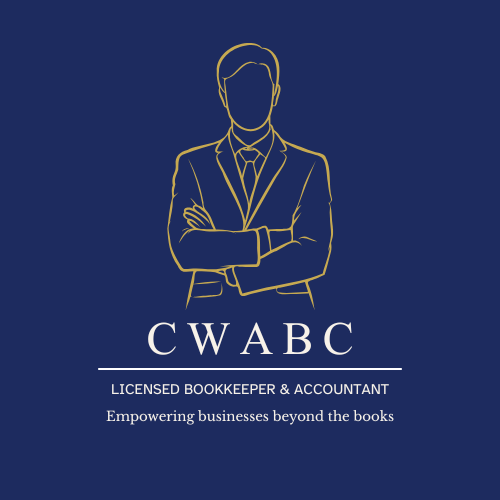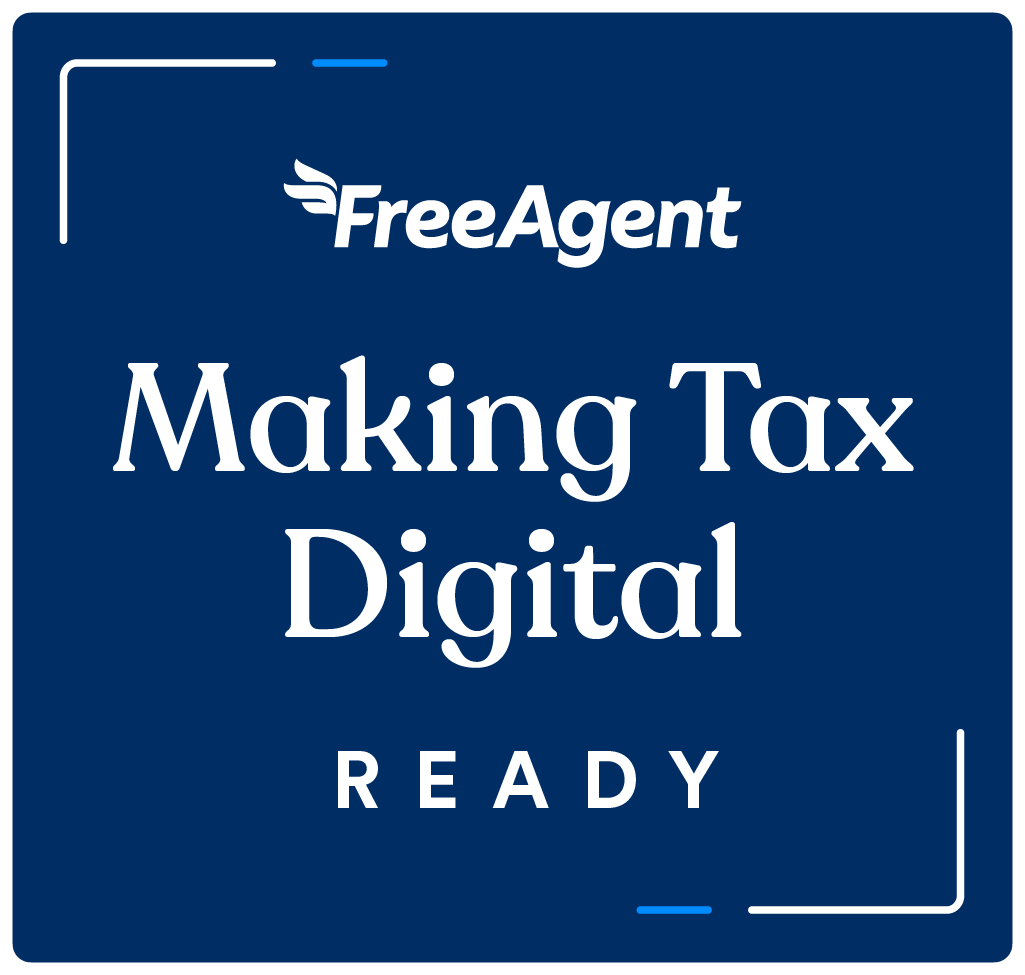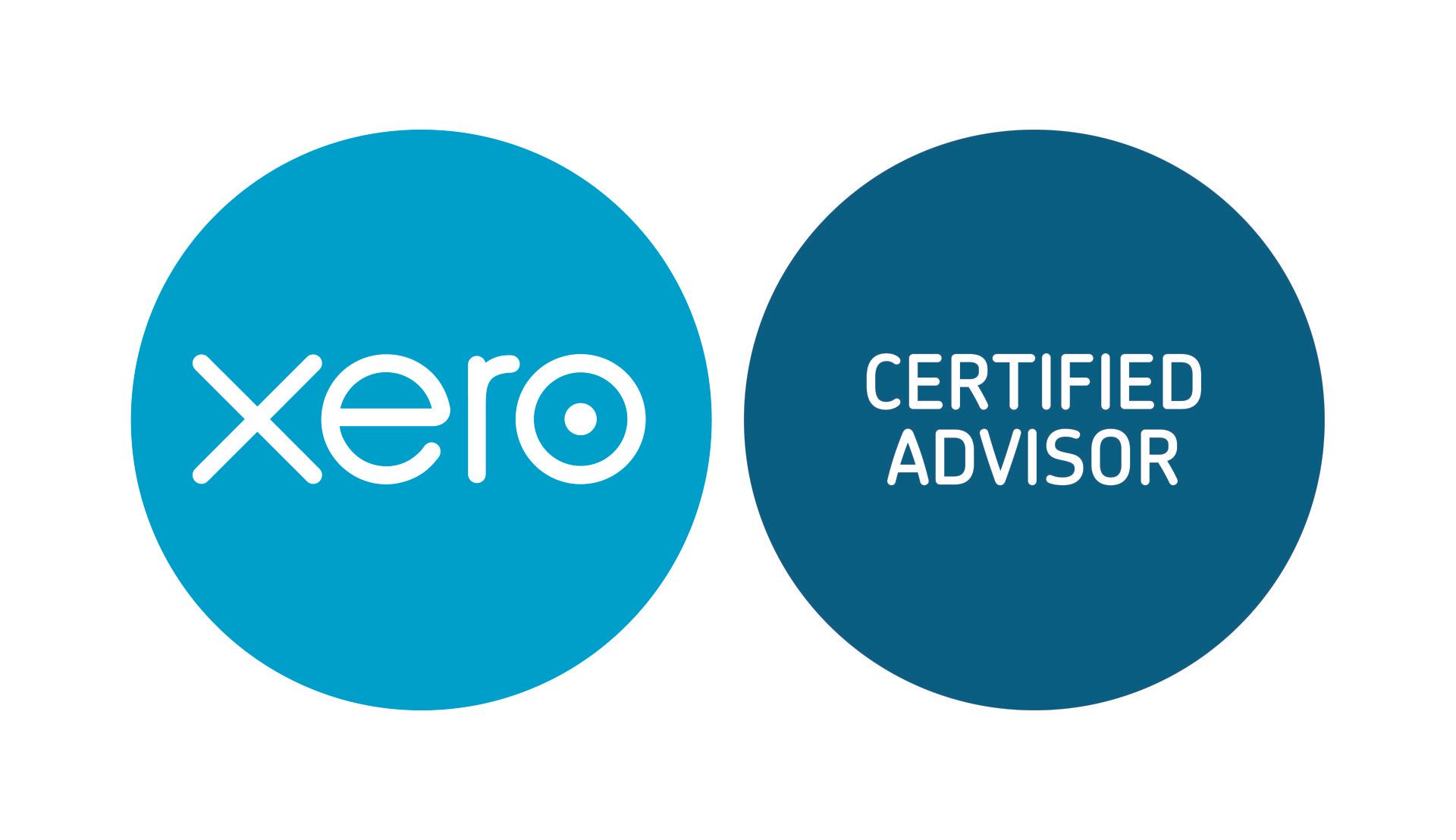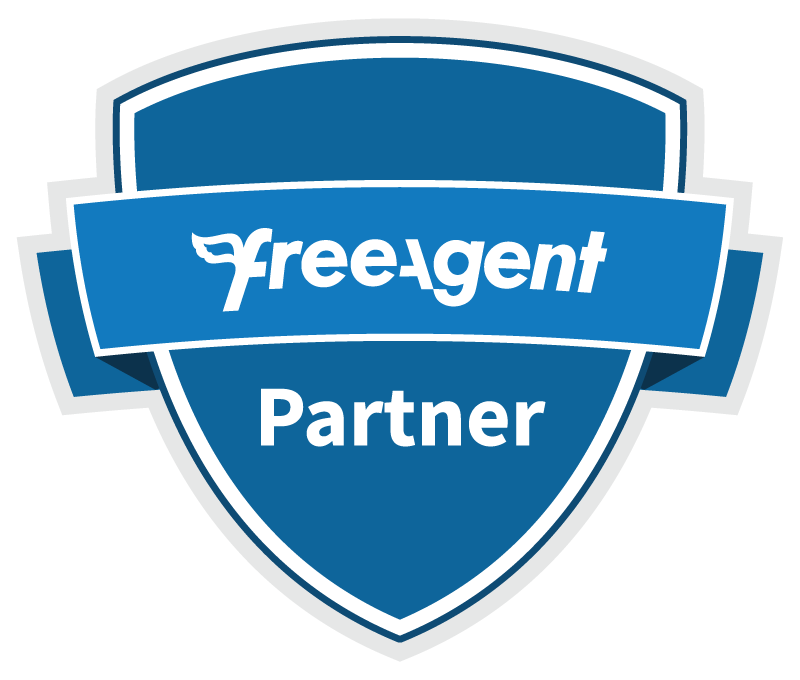Get Ahead of the Curve: Join the MTD for ITSA Testing Phase with CWABC
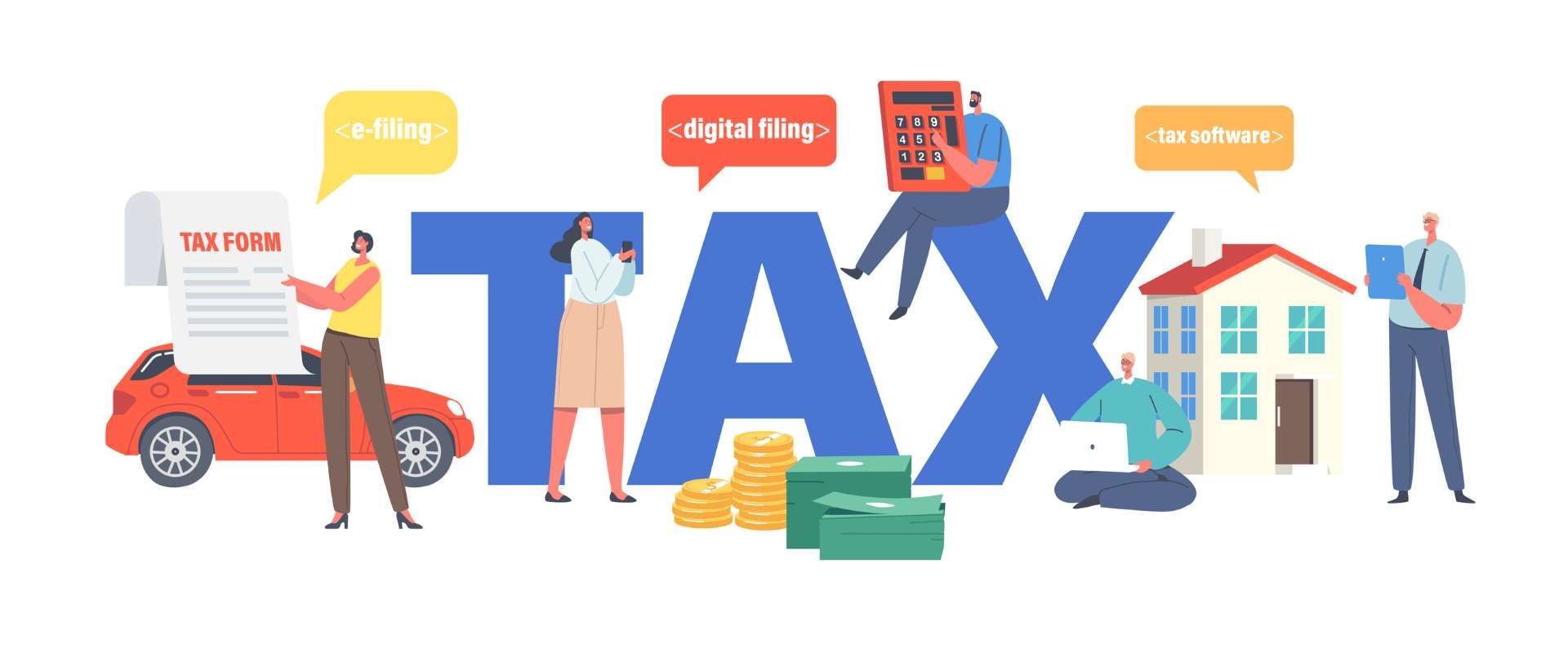
At CW Licensed Bookkeeper & Accountant, our goal is simple: to help clients stay ahead of the ever-changing landscape of tax and finance. One of the most significant changes on the horizon is Making Tax Digital for Income Tax Self Assessment (MTD for ITSA). This HMRC initiative will soon become mandatory for many individuals—but you don’t have to wait.
We’re encouraging our clients to join the voluntary testing phase of MTD now. Doing so not only helps you prepare early, but it also gives you access to key benefits, priority support, and a smoother transition.
Let’s break it all down so you know what’s coming, how it affects you, and why signing up now could be the smartest move you make this year.
What Is MTD for ITSA?
Making Tax Digital for Income Tax Self Assessment is HMRC’s plan to move from paper-based tax reporting to a fully digital system. This means that instead of submitting one annual tax return, individuals will:
- Keep digital records of their income and expenses
- Submit quarterly updates to HMRC via MTD-compatible software
- Send a final end-of-year declaration, just like a traditional tax return
The aim? To reduce errors, streamline the tax process, and ensure more accurate and timely tax reporting.
Who Will Be Affected and When?
MTD for ITSA will be rolled out gradually, starting with higher earners:
- From April 2026: Self-employed individuals and landlords earning over £50,000 (from those two income sources combined) will be legally required to use MTD.
- From April 2027: This threshold drops to £30,000.
- By 2029: Individuals earning over £20,000 are expected to be brought into the system.
Important: Only income from self-employment and property counts towards these thresholds. Income from PAYE, dividends, or savings doesn’t count towards the threshold but will still be included in your final year-end declaration.
Why Join the MTD Testing Phase Now?
We know change can feel overwhelming. That’s why HMRC has created a voluntary testing phase that you can join before it becomes mandatory. At CW Accounting, we highly recommend getting involved now—here’s why:
1. No Late Filing Penalties
During the testing phase (2024–2026), you won't be penalised for missing quarterly deadlines. This is your chance to practice the new process without fear of fines.
2. Dedicated Support
You’ll get access to a dedicated HMRC support line reserved for testers, providing faster help with technical or submission-related queries.
3. Smoother Transition
By starting now, you have more time to adapt, find the right software, and streamline your bookkeeping routines. This means less stress when it becomes a legal requirement.
4. Help Shape the System
HMRC is using feedback from early adopters to improve MTD. Your insights could help make the system better for everyone.
Are You Eligible?
To join the testing phase, you must:
- Be registered for Self Assessment and have submitted a previous tax return
- Have a valid National Insurance number
- Have income from self-employment and/or property (UK or foreign)
- Use an accounting period of 6 April to 5 April, or 1 April to 31 March (with an election made in software to file by calendar quarters)
You're not eligible if you:
- Are in a formal business partnership
- Have certain tax complexities (e.g. high-income child benefit charge, bankruptcy, non-residency)
Need help checking your eligibility? We can assist you directly.
How Do Quarterly Updates Work?
Once you're signed up, here’s what to expect:
- Every three months, you submit a summary of your income and expenses to HMRC via MTD-compatible software.
- There is no need for detailed tax adjustments in these updates—just the basics.
- You’ll still complete a year-end submission, similar to your current tax return, including income like dividends, pensions, and interest.
- The quarterly updates follow either the tax year (6 April to 5 April) or calendar quarters (1 April to 31 March).
Software Requirements
To join MTD, you’ll need compatible software. Options include full accounting platforms or bridging software that connects with your existing spreadsheets.
We’ll help you:
- Select the right software for your needs
- Set it up correctly
- Show you how to use it for quarterly and year-end submissions
You can check the approved software list here: MTD Software Choices – GOV.UK
How We Support You
At CW Licensed Bookkeeper & Accountant, we go beyond basic compliance. When you join MTD with us, you’ll receive:
- Personalised onboarding to the MTD system
- Software selection and setup support
- Quarterly submission preparation and filing
- Annual tax return finalisation
- Reminders and guidance to keep everything on track
Whether you're already a client or new to us, our goal is to make this transition simple and stress-free.
When Is the Deadline to Join the Testing Phase?
You can join anytime up to the third quarterly update deadline of the 2025/26 tax year—that means until around February 2026. But the sooner you join, the more benefits you gain from practice, support, and familiarity.
And remember: You can still join the test phase mid-year if your digital records are in order.
Ready to Join the Testing Phase?
You don’t have to navigate MTD alone. Whether you’re looking for guidance, full-service support, or someone to handle everything for you—we’re here to help.
📅 Let’s talk about getting you set up for MTD today:
CW Licensed Bookkeeper & Accountant
📧
info@cwabc.co.uk
📞
07306 812321
Let's make this transition together—smoothly, confidently, and ahead of the curve.
Summary: Key Points at a Glance
- MTD for ITSA becomes mandatory in 2026 for those earning over £50k from self-employment/property
- Voluntary testing is open now with no penalties
- Join anytime before February 2026 (earlier is better!)
- We provide full support for setup, submissions, and strategy
- Get expert help by contacting CW Licensed Bookkeeper & Accountant today
This blog was written for general information purposes. For tailored advice, contact our team directly.



